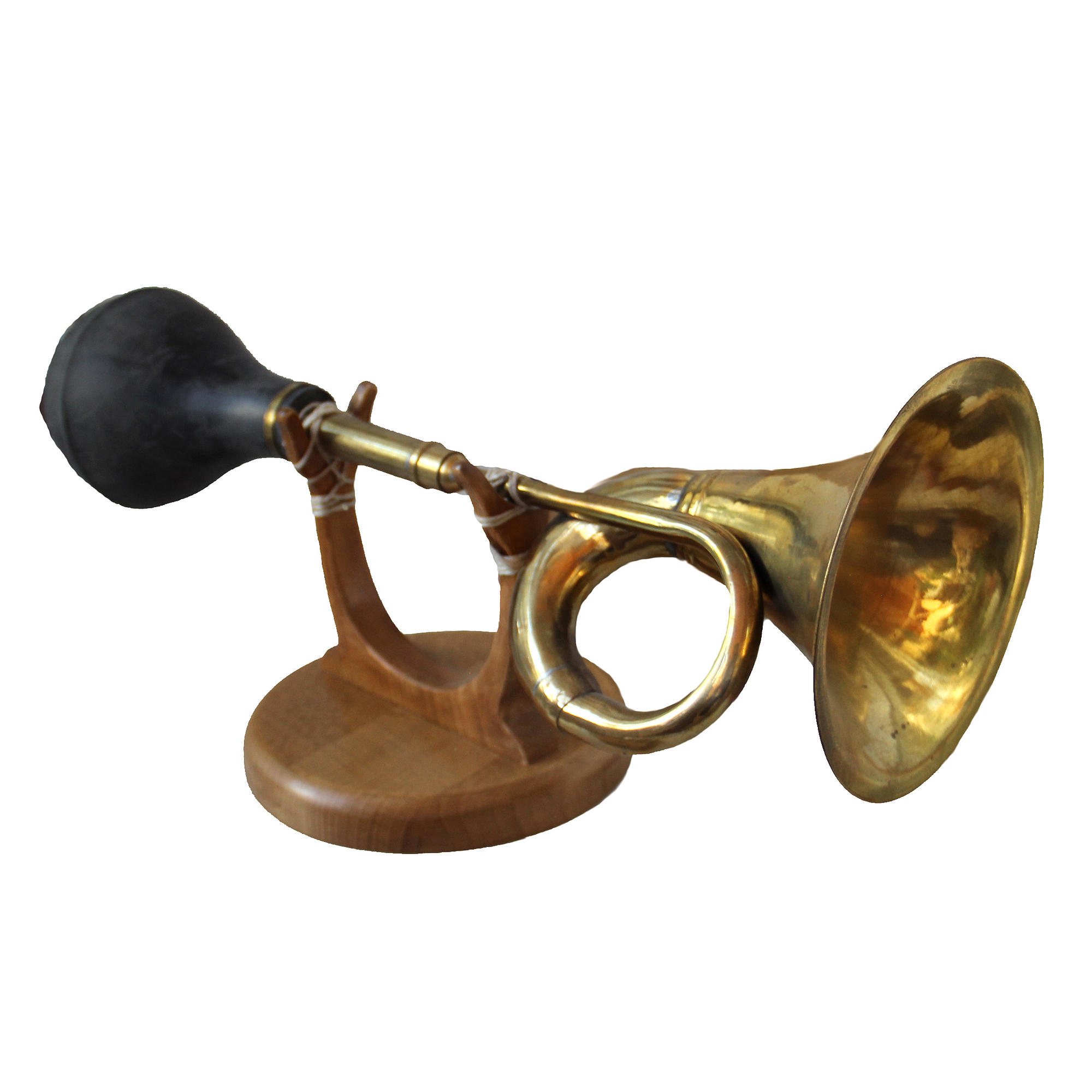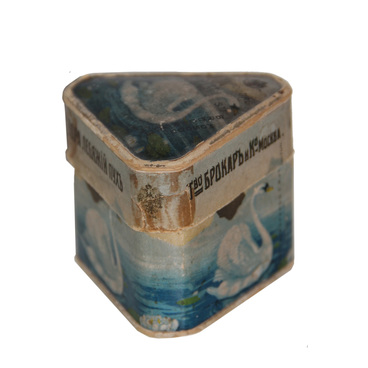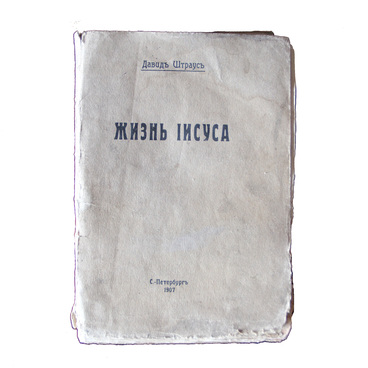The first klaxon horns for sound signals appeared in the 19th century. The horse-drawn vehicles had an attached horn, blown by the coachman. Over time, for convenience, a rubber bulb was attached to it, to pump air by hand.
Car Klaxon Horn
Время создания
1st third of the 20th century
Размер
16x42x14 cm
Техника
Brass, Rubber
Выставка
1
Открыть в приложении#1
Car Klaxon Horn
#3
#8
In the second half of the 19th century, cars had to move slowly: a man walked in front of them, waving a flag by day or holding a lantern by night. However, this was a very impractical way of warning passers-by about the danger of getting run over; so they started attaching klaxon horns to cars.
#9
The first klaxon horns were rather quiet: the sound they made was drowned out by the roar of the car engine. In addition, pedestrians confused such horns with bicycle bells and were not always quick enough to give way to cars.
#10
In 1899, Russian engineer Boris Lutskoy developed an electric klaxon horn, attached it to a car of his own design and demonstrated it at the Berlin exhibition. But at that time, electrical machinery was at an early stage of development, it was regarded with suspicion, and the idea was not implemented.
The classic electric car horn was designed by inventors Rhys Miller and Thomas Edison. The horn that they created and patented in the 1910s was an electric device with gear rotation. The number of cars in the US grew, and new klaxon horns came in handy.
#6
The word klaxon means to howl or to make noise in Greek. The device was associated with the company Klaxon Signals Ltd., which started working on the production and distribution of horns in 1908, based on the idea of Reese Miller and Thomas Edison. These were improved mechanical devices that consisted of a spring plate with a rivet lock in the center. The plate touched the gear of the device, and it made a specific sound. To amplify the signal, a special horn was attached to the device.
#11
Even though electric klaxons were convenient, they took some time to supplant the horns with bulbs. For some time they existed in parallel: the electric claxon looking like a horn with wires was mounted on the vehicle body, while the rubber bulb horn was placed near the windshield.
#12
The klaxon horn shown in the museum horn was made in the first third of the 20th century and works like a bicycle horn. The flow of air from a hand-pumped bulb creates sound vibrations in the pipe. The horn has a large horn that amplifies the sound, making it sharp and loud.
читать дальшескрыть
00:00
00:00
1x
Car Klaxon Horn
Время создания
1st third of the 20th century
Размер
16x42x14 cm
Техника
Brass, Rubber
Выставка
1
Открыть в приложении
Поделиться



